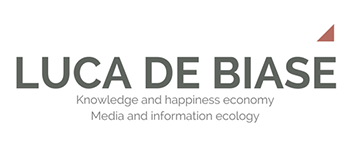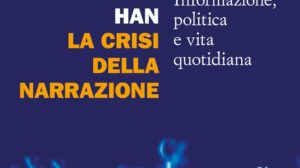I ricercatori della Yulin University hanno usato il gene editing con la tecnica CRISPR-CAS9 per introdurre una mutazione negli embrioni di capra produttrice di cashmere allo scopo di disabilitare il gene FGF5 che limita la crescita dei peli. La crescita delle capre sta procedendo regolarmente. La produzione di cashmere è aumentata di un terzo. Ne parla New Scientist che cita l’articolo pubblicato su PLoS One.
Abstract
Precision genetic engineering accelerates the genetic improvement of livestock for agriculture and biomedicine. We have recently reported our success in producing gene-modified goats using the CRISPR/Cas9 system through microinjection of Cas9 mRNA and sgRNAs targeting the MSTN and FGF5 genes in goat embryos. By investigating the influence of gene modification on the phenotypes of Cas9-mediated goats, we herein demonstrate that the utility of this approach involving the disruption of FGF5 results in increased number of second hair follicles and enhanced fiber length in Cas9-mediated goats, suggesting more cashmere will be produced. The effects of genome modifications were characterized using H&E and immunohistochemistry staining, quantitative PCR, and western blotting techniques. These results indicated that the gene modifications induced by the disruption of FGF5 had occurred at the morphological and genetic levels. We further show that the knockout alleles were likely capable of germline transmission, which is essential for goat population expansion. These results provide sufficient evidences of the merit of using the CRISPR/Cas9 approach for the generation of gene-modified goats displaying the corresponding mutant phenotypes.
Citation
Wang X, Cai B, Zhou J, Zhu H, Niu Y, Ma B, et al. (2016) Disruption of FGF5 in Cashmere Goats Using CRISPR/Cas9 Results in More Secondary Hair Follicles and Longer Fibers. PLoS ONE 11(10): e0164640. doi:10.1371/journal.pone.0164640






Commenta